Virtual Consultations Available! Start Your Journey Today.
Schedule A Consultation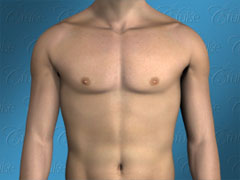 Ideal chest
Ideal chest 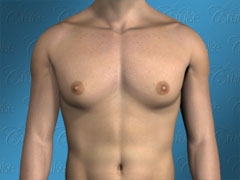 Classic Gynecomastia
Classic Gynecomastia 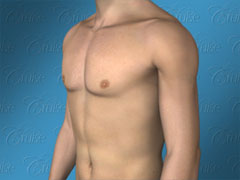 Ideal chest
Ideal chest 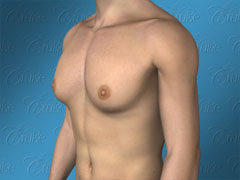 Classic Gynecomastia
Classic Gynecomastia
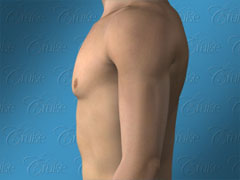 Ideal chest
Ideal chest  Classic Gynecomastia
Classic Gynecomastia In the above picture, you will notice that the nipple and areola are still flush with the surrounding skin. This is what classifies this as Classic Gynecomastia. If the areola and nipple were protruding outward and not lying flat with the skin, this would be considered a case of “Puffy Nipple.”
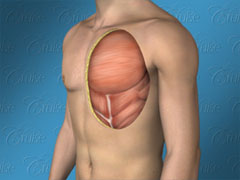 Ideal chest
Ideal chest 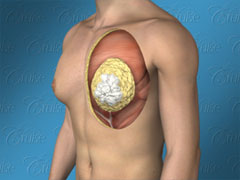 Classic Gynecomastia
Classic Gynecomastia In the diagram above, you can see that Classic Gynecomastia is a combination of excess breast tissue (white) and excess fat (yellow). In most cases, the excess breast tissue is located under the nipple and it can be felt by pinching the tissue underneath the nipple. It will feel firm and a rubbery or squishy.
It is important to understand that EVERY man has some breast tissue located under the nipple. Only if you feel you have an excess of this tissue, and the appearance of your chest has changed, should you consider surgical options.
In the side view below, you notice the excess fat is located under the breast tissue and dispersed within it as well. This excess fat usually spreads out over a larger area in comparison to the “ideal” chest. You can see how it causes the chest to protrude outward and round out below the areola.
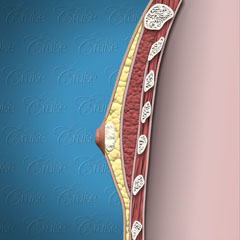 Ideal chest
Ideal chest 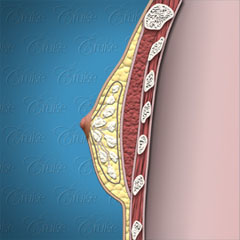 Classic Gynecomastia
Classic Gynecomastia 